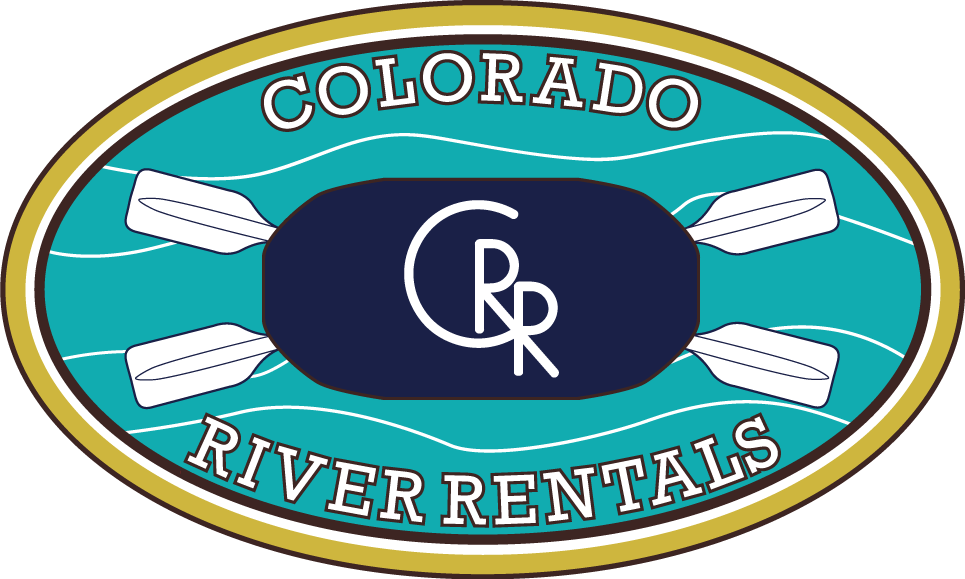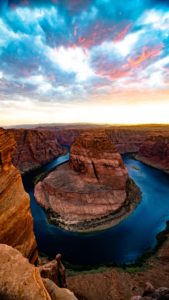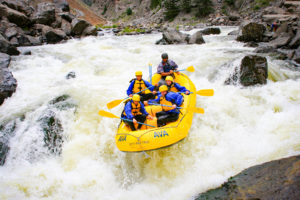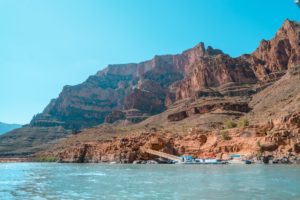The History of Conservation Efforts on the Upper Colorado River

History of the Mighty Colorado River
Carving its way through expansive canyons (including the Grand Canyon!), eleven National Parks, and millions of miles of land home to elk, mountain lions, coyote, and bobcats, The Colorado River represents one of the United State’s grandest and most impressive natural features and the history of conservation efforts on the Upper Colorado River is extensive. The Colorado River spans an immense 1,450 miles, making it the sixth longest river in the nation. The Colorado River starts at La Poudre Pass Lake in Rocky Mountain National Park, crosses seven states, two countries, and descends nearly 14,000 feet before trickling into Mexico’s Sea of Cortez.
A large dam on the Colorado River had been envisioned since the 1900s, but it wasn’t until almost 1930 that congress put the plan into action. On September 30, 1935, the Hoover Dam was completed, forming Lake Mead, which can hold more than two years’ worth of the Colorado River’s flow. Lake Mead was, and still is, the largest artificial lake in the U.S. by storage capacity. Click here to discover even more about the Colorado River.
With dramatic canyons, whitewater rapids, and eleven U.S. National Parks, the Colorado River has become historically known for fly-fishing, whitewater rafting, hiking, wildlife viewing, backpacking, and many other recreational activities, which bring in a revenue of over $26 billion a year. We are lucky enough to have access to this mighty river, which makes all of our raft, kayak, float, and fishing trips possible!
The Upper Colorado represents a section of the Colorado River and runs through one of our outposts in Kremmling, Colorado. This section of river is home to world class rapids such as Gore Canyon and serves as a hotspot for fly-fishermen and outdoor enthusiasts. Hikers, boaters, and anglers may come across black bears, mountain lions, otters, multiple species of both trout and birds, moose, and ducks.
The river and its tributaries also act as a vital source of water for 40 million people. The Colorado irrigates millions of acres of farmland, and its hydroelectric plants serve as important sources of electricity for households and businesses.
America’s Endangered Resource
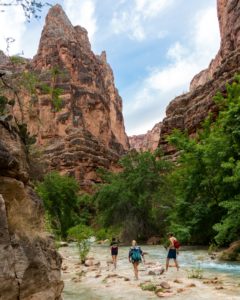
Unfortunately, in 2022, American Rivers, a non-profit conservation group, declared the Colorado River as the number one most endangered river in the country. Due to wasteful policies in the past, the demand for its water is high and the storage levels at places like Lake Mead and Lake Powell are dangerously low. In 2022, Lake Powell’s water levels drop to the lowest ever since its origin in 1980.
Over the years, the river’s water levels have been affected by urban development and climate change. In the areas near the Front Range, this can especially be seen through Denver development and increased temperatures in the Colorado River basin. Man-made dams, droughts, water contamination, and overallocation of water supplies have additionally contributed to the Colorado River’s endangered status and the need for conservation efforts.
Often called “America’s Nile”, the Colorado River is so intensively managed that each drop of water is used an average of seventeen times in a year.
A Fly Fisherman’s Guide to Saving the Upper Colorado River
Although the present situation of the Colorado River looks bleak, the future holds some bright spots. Kremmling, Colorado’s own Paul Bruchez and his family’s ranch experienced intense drought due to the river’s depletion, leading him to spearhead conservation efforts among urban and ranch communities. As a fly fisherman, Bruchez introduced the idea of artificial riffles to increase water levels. Natural riffles narrow river channels and increase water levels, and Bruchez’s idea led to increased irrigation depth for farmers.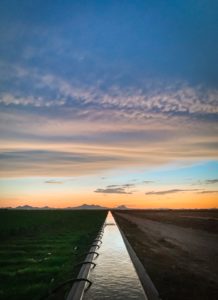
His innovation has led to grant funding for the area and collaboration among local ranchers and conservation groups to implement restoration techniques. Some argue that due to high costs and issues over who should or should not pay for water and conservation strategies, local strategies like this one may hold the key to tackling the water crisis. According to American Rivers, additional conservation strategies include natural infrastructure solutions rather than increased dams or concrete, and above all else, must rely on collaboration between all parties affected.
Conservation officials hope that by 2050, the water levels will be restored in the Upper Colorado basin and places like Lake Mead and Powell, which rely on the Colorado’s flow to power generators and dams. This vision involves collaboration between ranchers, hydro-stakeholders, and conservation groups, and the legislature. With a lot of work, and some luck, people will be enjoying the Colorado River’s beauty, functionality, and outdoor recreation opportunities for years to come.
Written by Lydia Heald, Colorado River Rentals Team Member
Edited by Rosa Canales, Marketing Specialist
